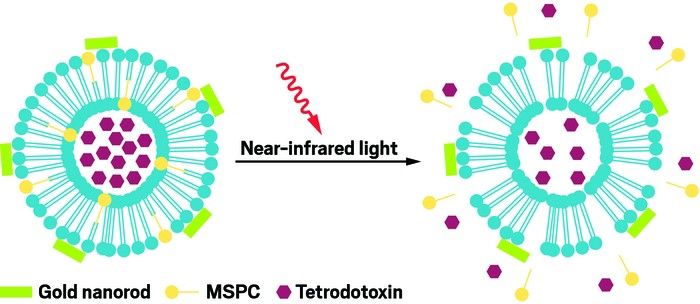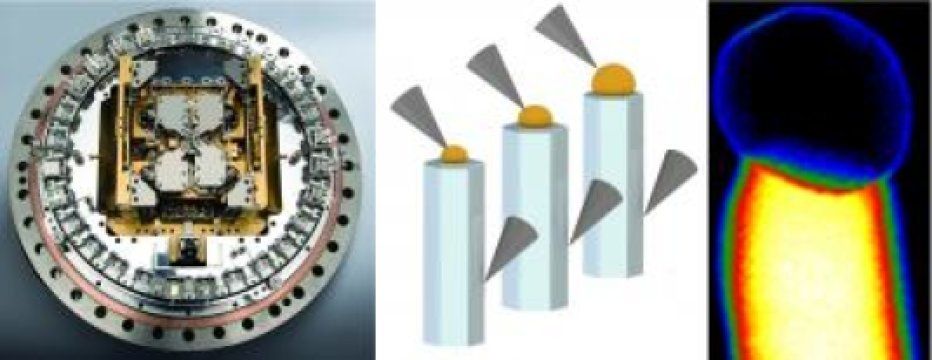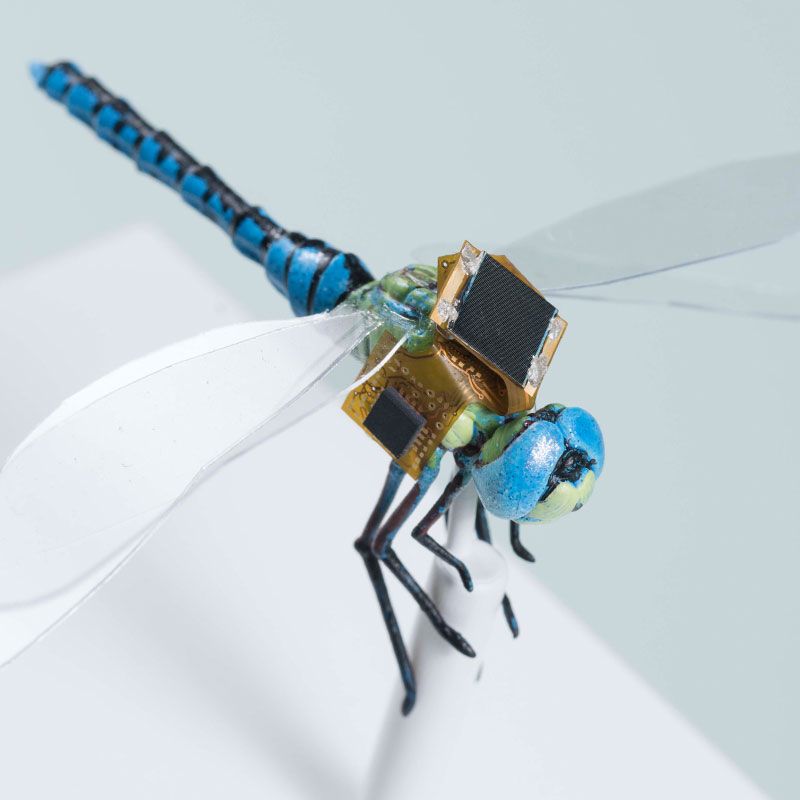Jan 19, 2017
EyeLock to exhibit iris authentication technology at Intersec Dubai 2017
Posted by Karen Hurst in categories: information science, security
For all my friends in Dubai or travelling to Dubai; wish I could go.
EyeLock LLC will be exhibiting its suite of iris authentication technology at Intersec Dubai 2017, on January 22–24 at the Dubai International Convention and Exhibition Centre in Dubai.
Featuring EyeLock’s proprietary software, security, algorithms and optics, the iris authentication technology delivers secure, reliable and user-friendly capabilities, according to the company.
EyeLock’s technology analyzes more than 240 unique iris characteristics to deliver dual-eye authentication, an unmatched security architecture and anti-spoofing technology.
Continue reading “EyeLock to exhibit iris authentication technology at Intersec Dubai 2017” »















